Though they don’t have nearly as many big-screen appearances as zombies or vampires, werewolves are still popular characters depicted in several films. It’s not always the case, but most films with the hairy supernatural species show the werewolf characters as ordinary people turning into vicious killers. However, it’s not a rule that werewolf stories must be told within the horror genre. Films like Teen Wolf have used lycanthropy to tell relatable coming-of-age stories through a comedic lens.
Stories of lycanthropy align with the 1980s cultural shift when conversations around sex and puberty were seeping into pop culture. Many of the ’80s werewolf films deal with supernatural characters entering a new phase of life, with the physical transformation from human to wolf being representative of this change. Many of these transformations depicted in ’80s werewolf films are presented as being painful, which happens to pair well with gory imagery typically associated with horror films.
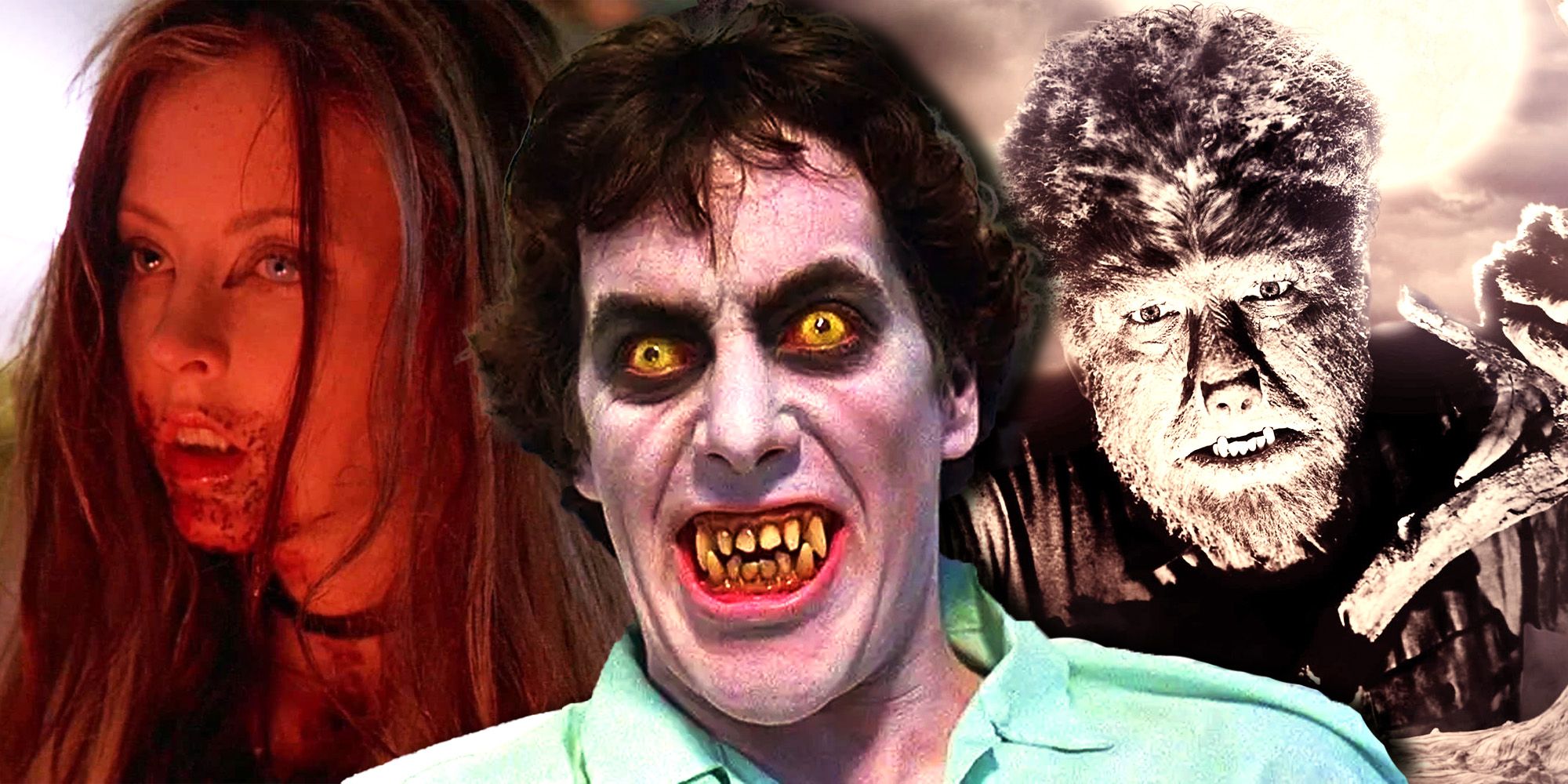
Related
10 Best Werewolf Movies Of All Time
While werewolves haven’t received as much cinematic love as vampires, zombies, or ghosts, there are plenty of classics to watch when the moon is full.
10 Waxwork (1988)
Directed by Anthony Hickox
Like the ’50s horror film House of Wax, Waxwork‘s primary setting is an ominous wax museum. In Waxwork, a group of friends are touring the museum and come across a range of horror exhibits featuring iconic monsters in the genre, including a vampire, a mummy, Frankenstein’s monster, and, of course, a werewolf. Though there is plenty of blood splatter in Waxwork, the film does have more comedic moments than those filled with gore.
Waxwork is enjoyable for its talented group of actors leading the film, in addition to how it pays homage to classic monster and horror characters audiences have loved over the years. The recognizable villains appear in the film one at a time as Waxwork’s overall mystery is being pieced together. Waxwork has flaws, but it easily accomplishes its goal of providing audiences with a good time.
9 Full Moon High (1981)
Directed by Larry Cohen
Before making films like The Stuff and A Return to Salem’s Lot, director Larry Cohen sought to create a horror comedy about a teenager becoming a werewolf. Full Moon High follows a teenage boy returning to his hometown decades after being bitten by a werewolf. As is the case with most ’80s films, some of the humor is difficult to sit through — most of the flat jokes are rooted in dated stereotypes — but there are enough effective gags to make the film an enjoyable watch.
Full Moon High is sometimes absurd, but like Waxwork or My Mom’s a Werewolf, the film doesn’t try to be taken seriously. Actors Adam Arkin and Ed McMahon deliver fully committed performances and are hilarious as an on-screen father-and-son duo.
8 My Mom’s A Werewolf (1989)
Directed by Michael Fischa
My Mom’s a Werewolf stars Susan Blakely and horror film actor John Saxon. The horror comedy film is centered on Blakely’s Leslie Shaber, a suburban mother and wife unappreciated by her family, who gets turned into a werewolf after meeting a strange man (Saxon). My Mom’s a Werewolf is best enjoyed when audiences don’t go in with high expectations.
Blakely and Saxon are clear standouts from the cast, with the rest of the film’s elements — performances, special effects, and writing — being standard for an ’80s B movie. My Mom’s a Werewolf isn’t the best the genre has to offer, but it’s still immensely entertaining. The charm of the cheesy circumstances throughout the film makes for easy viewing and shows how werewolf stories can be silly.
7 The Monster Squad (1987)
Directed by Fred Dekker
Though it’s not a movie solely about werewolf characters, the famous Wolf Man does appear in The Monster Squad. The horror comedy centers around kids who band together to prevent monsters from taking over the world. The Wolf Man (Jonathan Gries) is just one of the many Universal Monsters in the film, alongside Gill-man and Count Dracula.
When the titular group of friends and the monster characters are made aware of one another, entertaining, and disastrous, encounters ensue. Still, The Monster Squad is full of laughs and its joyful energy is sure to spark feelings of nostalgia. The film is reminiscent at times of family comedy classics like The Little Rascals. The homage to such comedies, in addition to classic monster stories, led to critics and audiences appreciating The Monster Squad years later, despite the film performing poorly upon its initial release.
6 Silver Bullet (1985)
Directed by Dan Attias
Based on Stephen King’s novella titled Cycle of the Werewolf, Silver Bullet follows a young boy (Corey Haim) who uncovers the identity of a murderous werewolf that’s been causing trouble in his small town. King wrote the film’s screenplay and was adamant about the design of the film’s killer. The result of King’s vision ended up being a werewolf that critics and audiences have concluded resembles a black bear more than anything.
Silver Bullet isn’t among the best adaptations of King’s work, but the film has grown on audiences over the years. Accompanying the traditional aspects of horror in Silver Bullet are endearing performances by the film’s main cast. Gary Busey portrays the uncle of Haim’s character, and together, they make an unlikely but wholly captivating duo. Their acting performances are beloved by fans, and they make up for the lack of thrills in the film.
5 Wolfen (1981)
Directed by Michael Wadleigh
Released the same year as An American Werewolf in London and The Howling, Wolfen is an underrated werewolf film. Wolfen falls into the crime and horror genres as it follows a cop tasked with uncovering the truth behind a series of local murders. The cop, Dewey Wilson (Albert Finney), soon discovers those behind the deaths are linked to an Indigenous legend about wolf spirits.
Commentary on the treatment of Indigenous people is mixed with Wolfen‘s bloody imagery, making for a layered horror film that is more than gruesome killings. As effective as Wolfen‘s story is, the technical aspects of the film are just as notable. Wolfen contains one of the earliest examples of an in-camera effect used to show the wolf’s point of view — a technique that can be seen in the Predator films.
4 Teen Wolf (1985)
Directed by Rod Daniel
Not only has Teen Wolf inspired a popular MTV series decades after its release, but the film is also widely viewed as an iconic comedy film from the ’80s. Teen Wolf stars Michael J. Fox as the titular character, Scott, who goes from being just another student to his high school’s most popular basketball player after it’s revealed he’s a werewolf. Teen Wolf cleverly ties the werewolf transformation with coming-of-age themes.
Despite being covered head to toe in fur, Scott’s experiences as a high schooler are relatable to audiences. Fox adds to the enduring appeal of Teen Wolf with a charming performance, which further showcases the film’s lightheartedness. The unabashed fun within Teen Wolf has always connected with audiences, despite the film’s negative reviews from critics when it was first released.
3 The Company Of Wolves (1984)
Directed by Neil Jordan
The Company of Wolves puts a dark spin on the story of Little Red Riding Hood, but it’s not a fairytale movie suitable for kids. The gothic fantasy film is based on Angela Carter’s 1979 short story of the same name and sees Sarah Patterson’s Rosaleen as the Little Red Riding Hood character. In the film, Rosaleen’s dreams transport her to an enchanted forest that is full of dangerous werewolves. The design of the werewolf characters is impressive, and the transformation scenes are among the goriest.
Still, pulling from Carter’s writing, The Company of Wolves is full of substance and is grounded by its themes of feminism and innocence. Additionally, the magical forest where much of The Company of Wolves takes place is represented in a remarkable way. Vivid and detailed set designs help bring the fantastical elements of the film to life.
2 The Howling (1981)
Directed by Joe Dante
Before making the beloved Gremlins, Joe Dante directed The Howling. The horror film is based on a novel by author Gary Brandner and follows a news anchor who encounters a group of werewolves on what was supposed to be a relaxing getaway. Since its release, The Howling has been analyzed for its commentary on the media and themes of sexuality. The animalistic behavior of The Howling‘s werewolf characters is connected to sexual desires in a way that hadn’t been laid out as explicitly before.
Additionally, though The Howling‘s story isn’t groundbreaking, it’s clever and humorous. Such aspects of the film balance well with The Howling‘s graphic depictions of werewolf transformations and kills. The brutal transformation scenes were put together by special make-up effects artist Rob Bottin and are some of the best seen in werewolf movies.
1 An American Werewolf In London (1981)
Directed by John Landis
Recognized as one of the best monster movies of all time, An American Werewolf in London is a cult classic appreciated for its blend of comedy and horror and its makeup effects. The film revolves around two American tourists who are attacked by werewolves, with one of the men, David (David Naughton), left anxiously awaiting his transformation under the next full moon. Known best for his comedy films before An American Werewolf in London, writer and director John Landis makes sure there is plenty of dark humor sprinkled throughout the film.
The story of An American Werewolf in London is interesting and keeps audiences invested on its own, but the film is undoubtedly most remembered for its famous transformation scene. Naughton gives a compelling physical performance, shuddering in pain to illustrate the toll such a change has on him. The effects used in the scene were created by Rick Baker and were awarded the first Academy Award for Best Makeup.
Source link









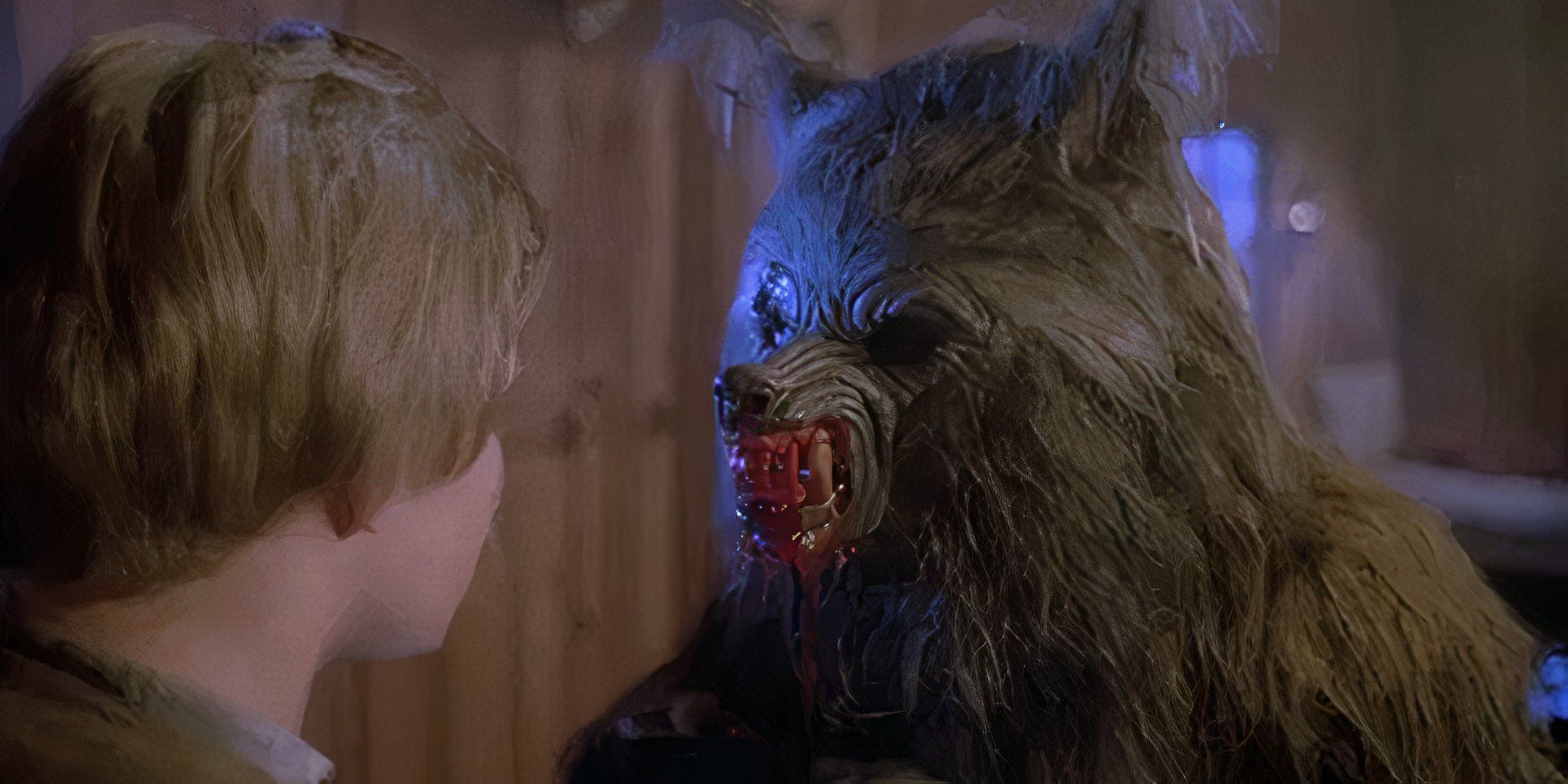
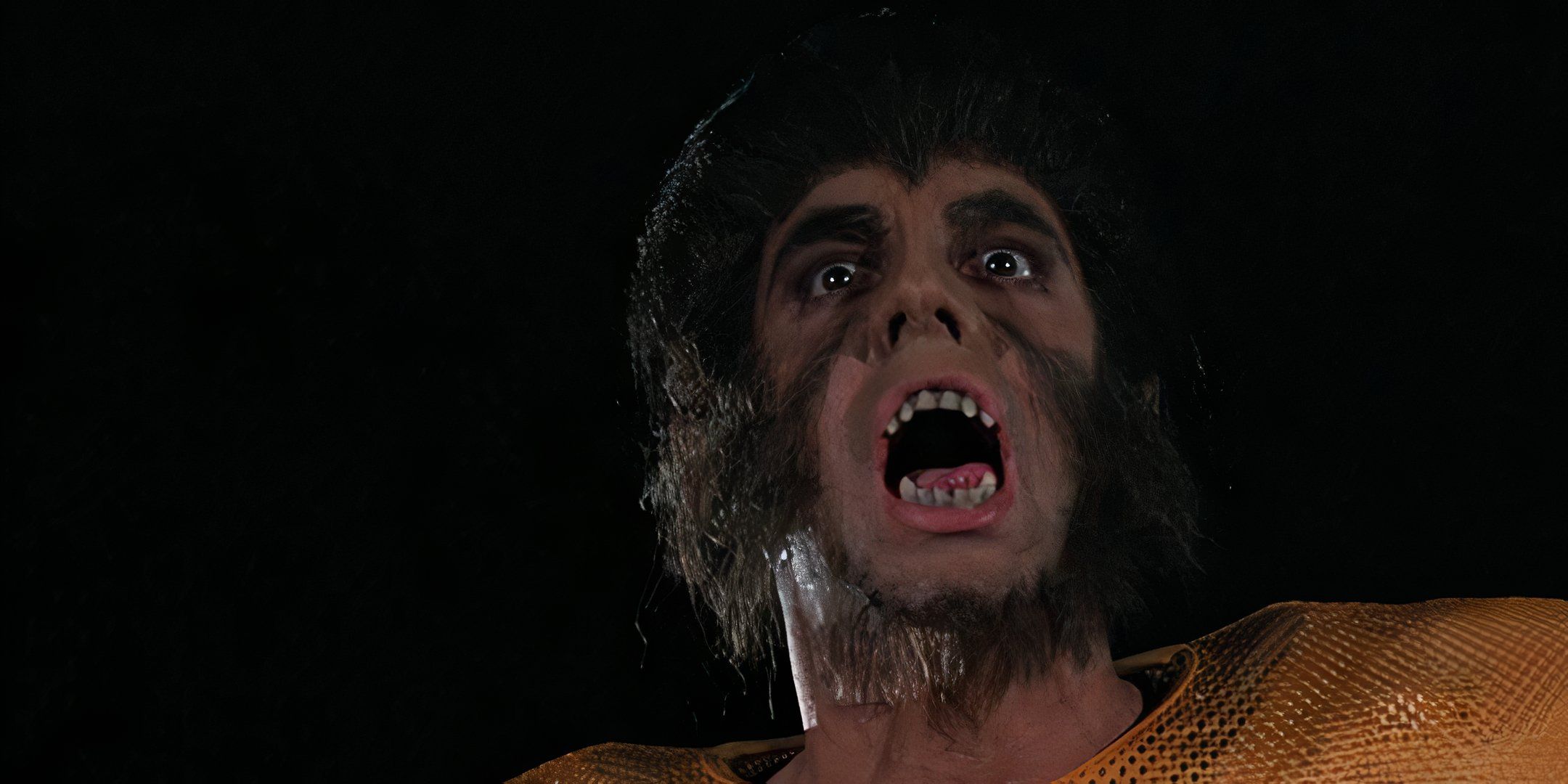
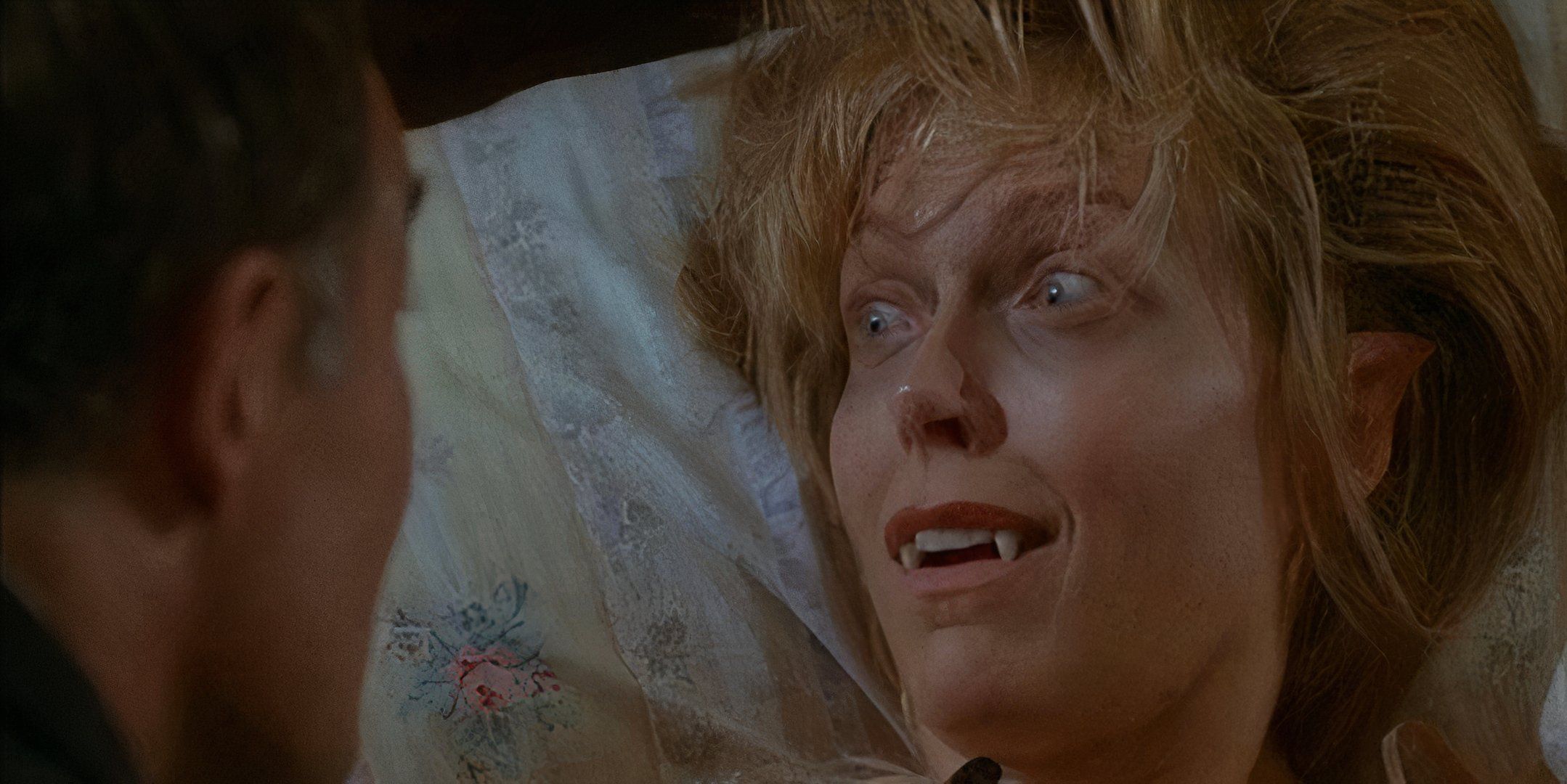
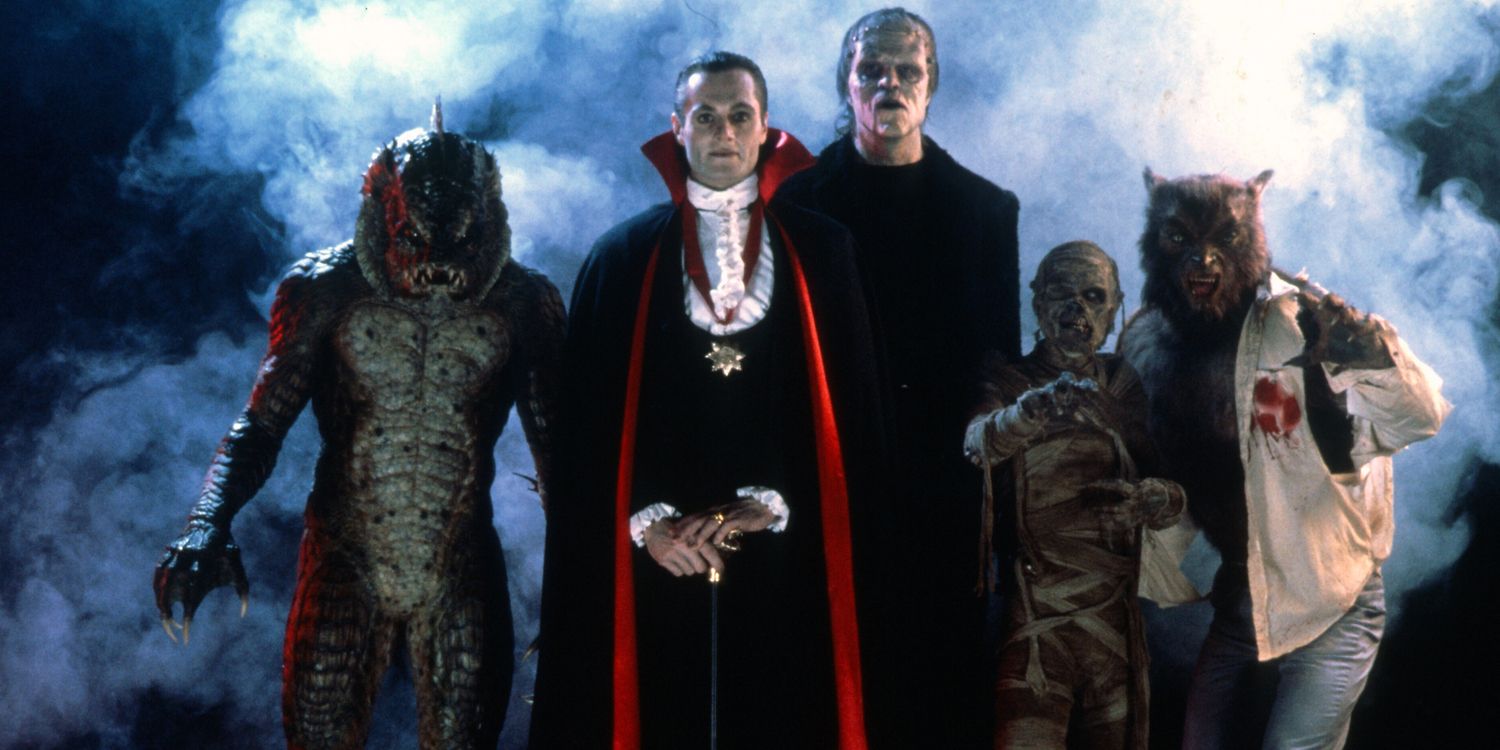
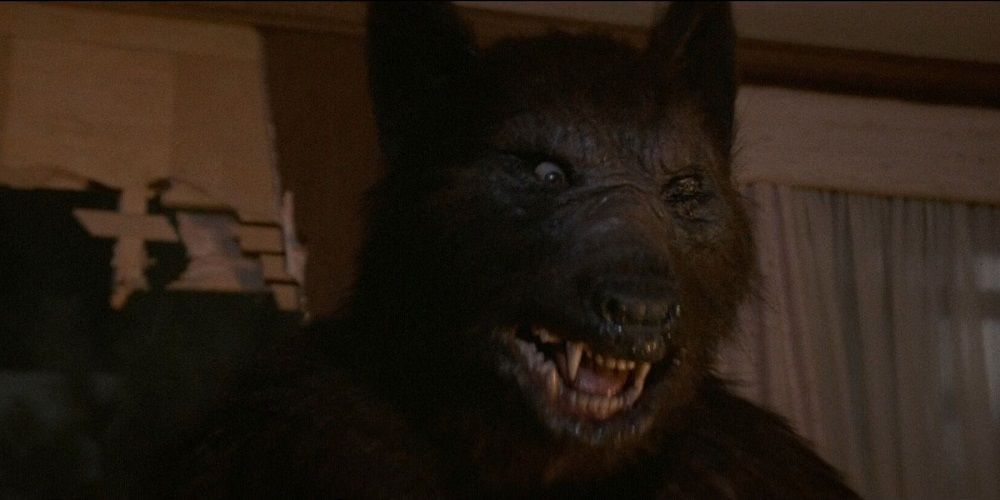
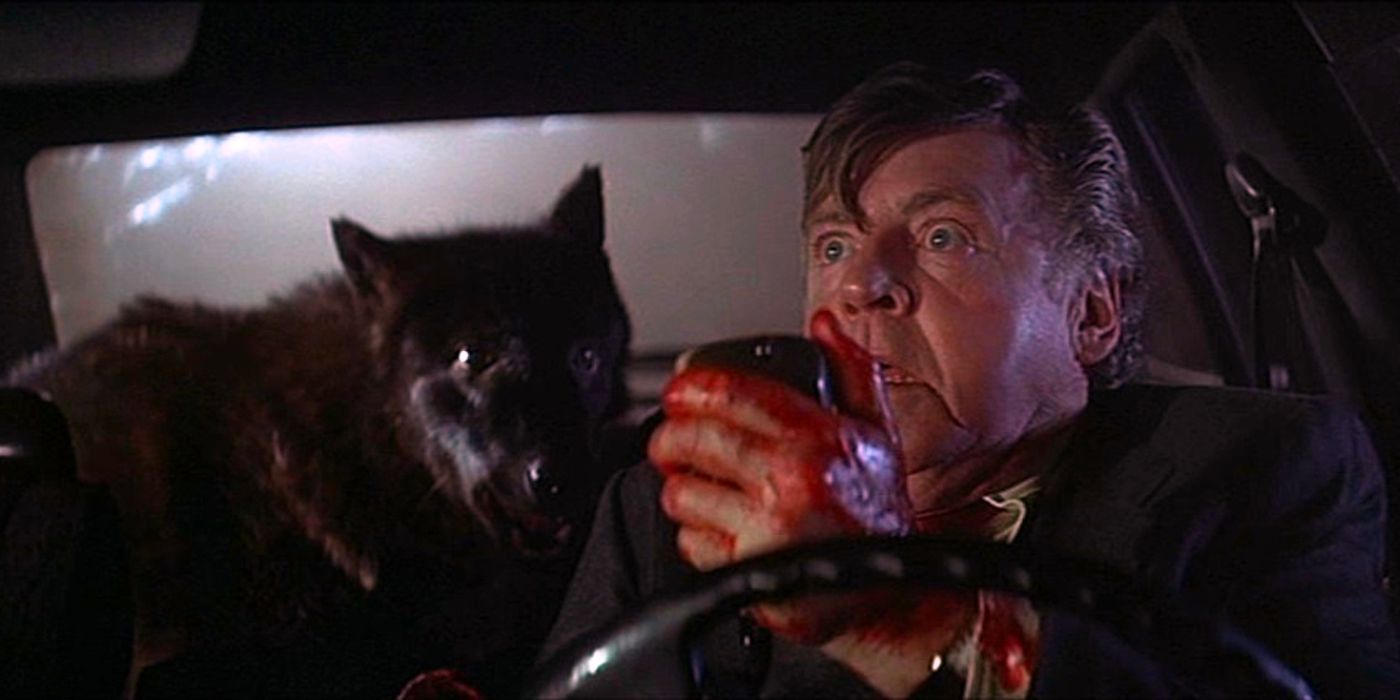
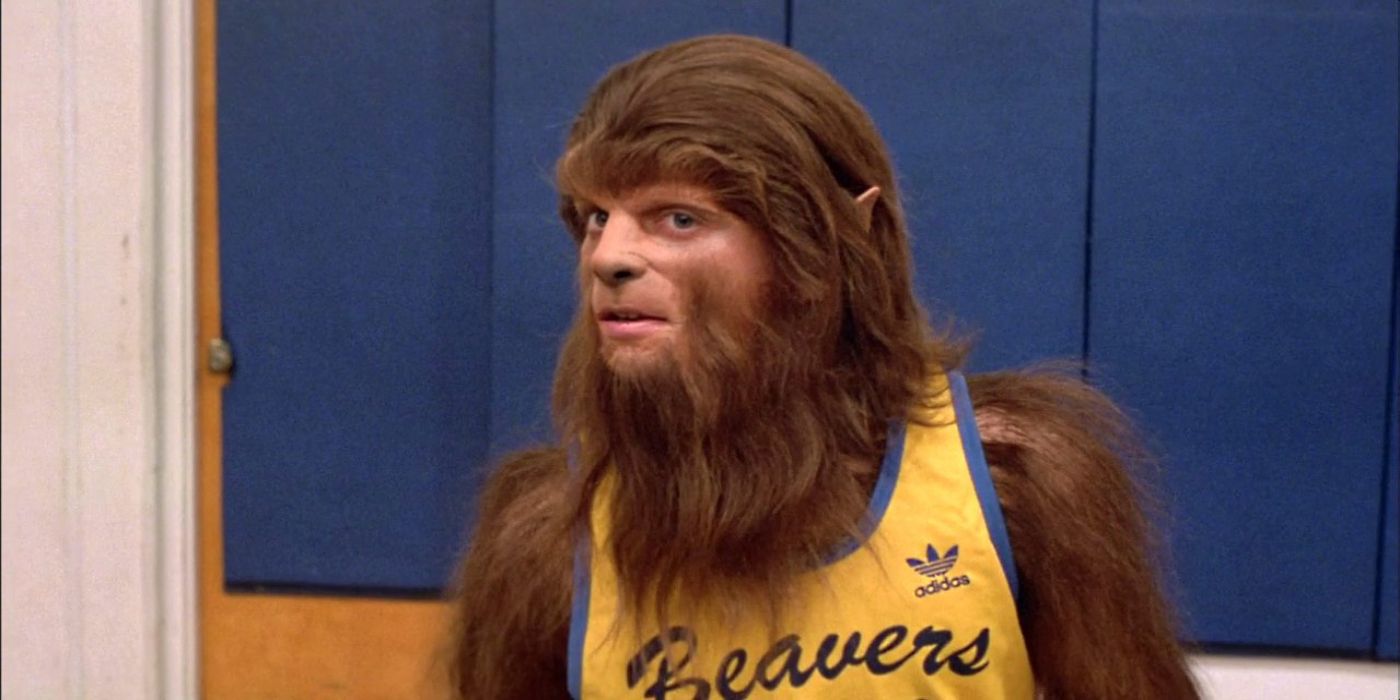
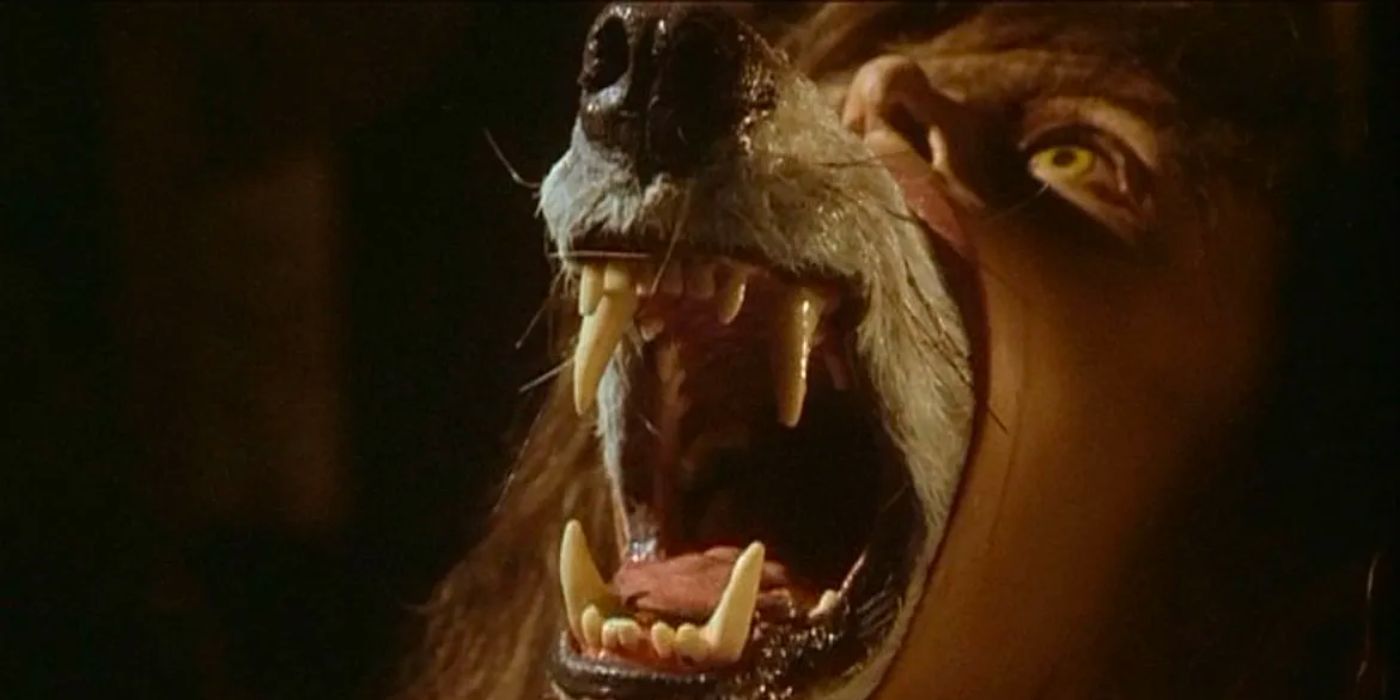
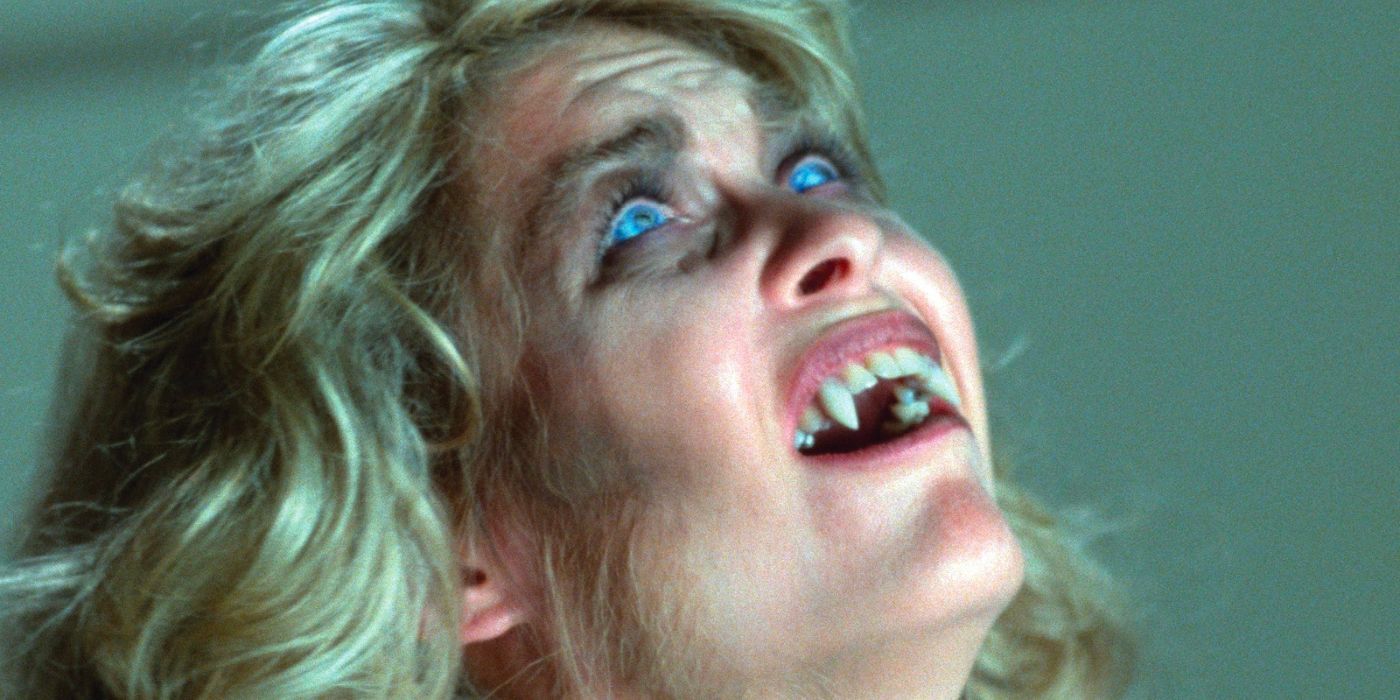
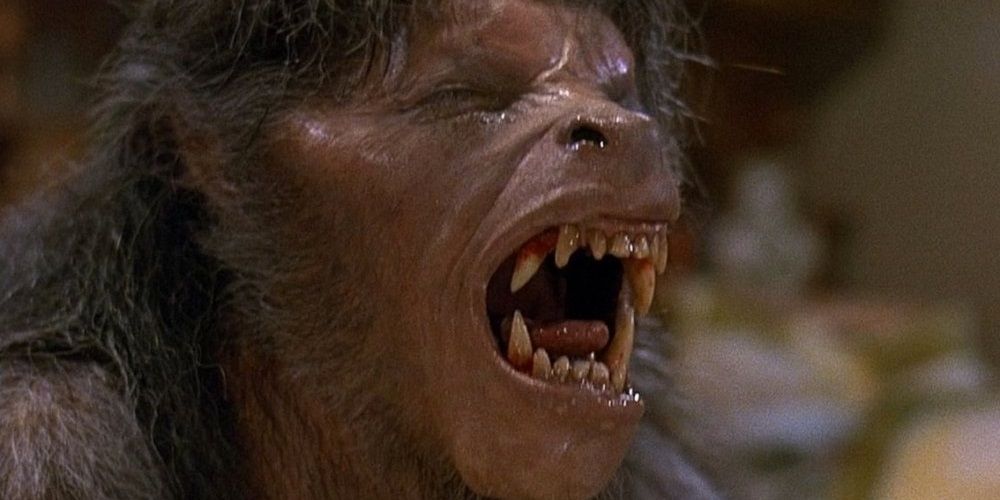








Add Comment